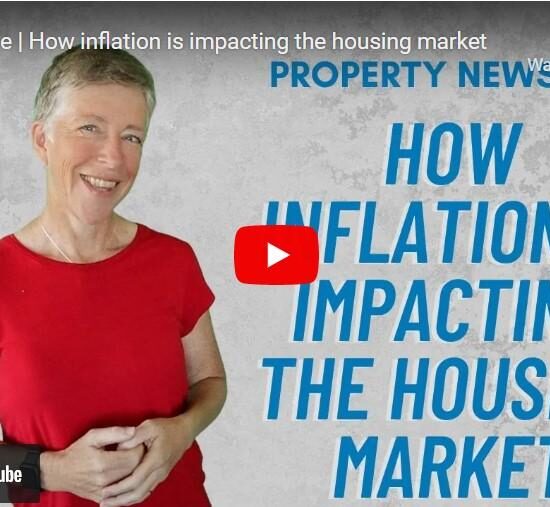
By Kate Hill, Adviseable
New research out recently makes for very sober reading for any woman who is concerned about her financial future.
Research from From Partnered to Single: Financial Security Over a Lifetime, by the Melbourne Institute: Applied Economic & Social Research, has found that when a heterosexual relationship breaks down, women are at a much higher risk of falling into poverty than men – especially if they have children to care for.
The research by Dr Barbara Broadway and Professor Guyonne Kalb from the University of Melbourne found that a woman’s household income decreased on average by thirty per cent after a breakup, while a man’s falls by just five per cent in comparison.
What was most telling in the study was that a woman’s most important defence against falling into poverty after a separation was having her own stable job and income before the break up – which is a difficult thing to achieve when she might be raising children at the same time.
The research found that the least vulnerable were women who were employed before the break up and those with a tertiary education, while the most vulnerable were those without a job before the break up, and older women with school-age children in particular.
A clear signal from the study was that women with children, but without employment prior to a break up, were essentially left in a “poverty trap” afterwards, because they were less likely to be in employment after separation due to the “unfortunate interplay” between childcare costs and the income support system where the loss of support payments and the extra cost of childcare erode the increased income gained from having a job.
The poverty trap
The poverty trap was the most pronounced for women with older children who may have been out of the workforce for some time at separation, and therefore would struggle to secure employment.
Conversely, younger women with younger children have likely been out of the workforce for a shorter period of time, which means it is usually easier for them to re-enter employment.
Interestingly, the study found that younger women with children under five do experience the larges spike in poverty rates following separation but this mostly evaporates after about three to five years.
The same can’t be said for women with older children, though, because their risk of poverty, while smaller, persistents for longer after separation because of their time out of the workforce.
Of course, men also suffer from the end of a relationship, but it is often much less severe and their incomes are usually not pushed below the poverty line as often.
It is scary statistics such as these that are one of the driving motivations for me to help as many women as I can secure their financial futures as well as create some financial indepence from their partners.
Imagine a scenario where both parties held real estate assets outside of their relationship? How would that change the stark end results that are highlighted in this report?
Plus, consider the alternate financial outcome for women if they owned a property in their own name, which they had purchased when they were younger and single?
Ideally that real estate asset would have been strategically selected to improve its future capital growth and rental returns, which means even if they are out of the workforce for a time, it is paying its own way.
If their relationship breaks down, not only will they still have an asset that is their own, but it would also provide them a place to live if they needed it.
I would love to see a world where no woman in forced into poverty, or homelessless, because their relationship is over and they still have school age children, while their ex-partner probably never has to face such a horrendous possiblity at all.







